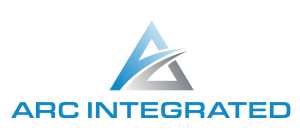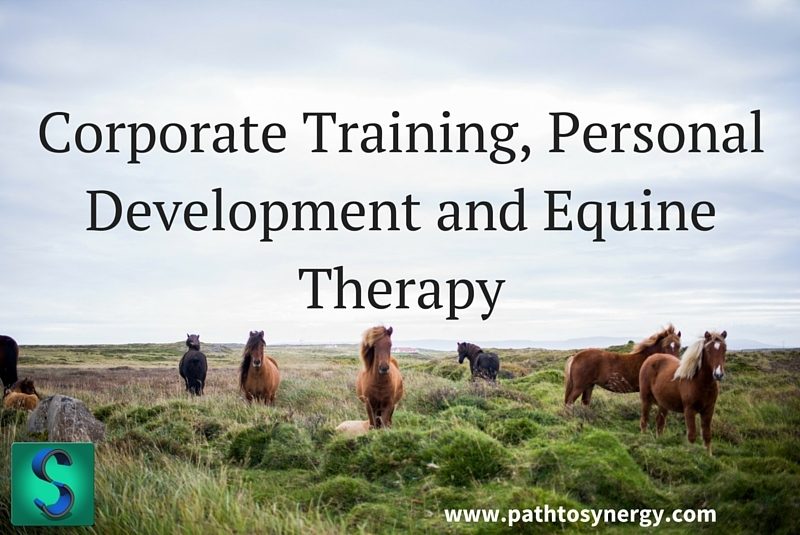5 Ways Leaders Can Support Employee Goals

Here at Arc Integrated, we help leaders, teams, and cultures all over the globe with assessment, executive coaching as well as training and consultation. January marks the start of a new year and with it, companies and teams are setting their goals for the upcoming year.
Surprisingly, 92% of people never meet the goals that they set for themselves for the year. Naturally, one of the topics that has been coming up lately is how we, as leaders, can effectively support employee goals.
In today’s article, I will be going over just that, with my top five tips on how you as a leader can support your employees’ goals.
Tip #1: Make It Personal
A common negative connotation when it comes to the workplace is “we don’t want to get into the lives of the employees too much.” The reality of the situation is some of the most highly performing teams, cultures, and organizations have very solid personal relationships. One of the ways in which you can develop a personal relationship with an employee is by understanding their:
- Strengths
- Visions
- Goals
It’s important to note that these three themes are all beyond the workplace; they could surround their health, financial future, or even their education. This also helps the employee show up to work feeling like they can truly be themselves.
Leaders who are true to themself, admit and learn from mistakes, and focus on development stimulate employees to initiate their own growth. When your employees feel appreciated and heard, the better they will perform. In fact, 79% of employees will quit due to a lack of appreciation. Overall, the more we can engage with and understand the human element of our employees the more we can support them in their needs and goals.
Tip #2: Provide Accountability
Providing accountability to your employees is a really clever technique in being able to support them in their goals. You can do this by helping them implement SMART goals: Specific, Measurable, Achievable, Results-oriented, and Time-bound.
Check-Ins Provide Accountability for Employees
A really good example of this is by setting up a monthly check-in on the goal that they are currently working towards and how that goal is progressing. You may also ask about the steps they have in place in completing or achieving their goals and how you as a leader can help. This way, you are not only creating accountability through the meetings on their own, but you are requiring them to take actions through the steps towards their goals.
Reward Systems Are Great for Providing Employee Accountability
A reward system is another way in which you can provide accountability. If you have a team and set up reward checkpoints, the entire team can all share rewards upon completion of each goal being met.
Consider Accountability Partnerships for Your Employees
Finally, I encourage you to create some type of accountability partnership. It could be as simple as just two members of a team working together and supporting each other. Through this partnership and support, your employees can share their goals as well as their consistent progress with each other.
Tip #3: Allocate Time
Allocating time is a really important tip that leaders can take to better support their employees. You as a leader should support the fact that employees can spend time (sometimes maybe even at work) working towards their workplace goals.
An example of this could be at the start of 2022 if you were to share with your team that you will allocate 90 minutes a week in order for everyone to work and progress on their individual, personal goals. Depending on your team’s schedule, you can set up specific time frames in order to work on their goals.
A question you may be asking yourself while reading this tip is:
“Can I really afford to allocate 90 minutes per week, towards work that is unrelated to the company?”
My answer to that thought is that the more that we can support the accomplishments and goals of our employees, the greater engagement that can create as well as improvement of the company culture. This ultimately leads to the benefits largely outweighing the risks. So much so in fact that employees who are disengaged miss an average of 3.5 more days per year, are less productive, and cost the US economy $292 to $355 billion per year.
Tip #4: Include a Social Component
The reality is that in today’s day and age, we are radically motivated by social pressures. This might be more evident now than at any other time in our history due to the emergence of online social channels. Although this sounds entirely like a bad thing, this is not the case. It can also be used for good!
If you incorporate a social component into a goal accomplishment, it can be used as an effective tool. This could mean that the team meets weekly or monthly, to focus on helping and supporting each other with their personal goals. This is a way to use social pressures in a positive way.
Another way is to have some kind of social check-in process. It does not matter if you use something simple like an excel spreadsheet or your team uses online software, as long as you are creating transparency around each person’s goals. With this technique, everyone is able to see each other’s personal goals along with how they are currently progressing towards them.
Tip #5: Help Your Employees Find The Obstacles
At first glance, the idea of finding obstacles might seem a bit paradoxical. There is a term in psychology called mental contrasting. It refers to the idea that we:
→ Set our intentions towards a goal
→ Reflect on why we want to do it and why it’s important to us
→ Identify what are the obstacles that might stop us from reaching our goal
The final reflecting process on the obstacles that potentially can stop our goal progression is at the core of mental contrasting. When done effectively, this increases the likelihood that we will reach the goals we’ve previously set.
As leaders, if we can be helpful through dialog, meetings, and encouragement in helping our employees find these obstacles, it will in turn increase the likelihood that they accomplish their goals.
If you are curious about how you or your organization is doing with leadership, I highly recommend taking our free leadership quiz as it relates to retention engagement and performance. It takes around three minutes to complete and is really helpful!
Also, If you found this article interesting and want to learn more, feel free to watch the video version of 5 Ways Leaders Can Support Employee Goals.
Be well,
Michael
Resources:
- Blog Post: How Leadership Skills Can Influence The Values of An Organization
- Blog Post: How to Improve Your Leadership Skills in the Workplace (When We’re All Working Remotely)
- Video: 5 Passive-Aggressive Communication Barriers



